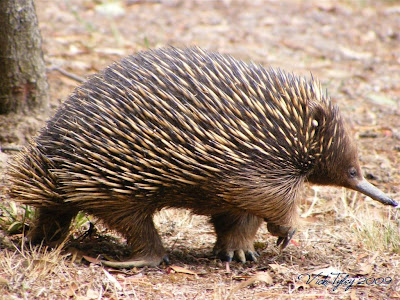The US Fish & Wildlife Service recently determined that the Pacific Walrus is threatened enough to warrant protection under the Endangered Species Act. A backlog of vulnerable species is delaying the walrus' addition to the list, however, as there are more threatened animals in need of the law. Climate change is believed to be causing the walruses their recent strife, as they depend on drifting sea ice to rear their young. The Pacific Walrus, along with other animals considered in need of the Endangered Species Act, will have its status reviewed annually to raise the importance of the conservation efforts, if necessary. The Marine Mammal Protection Act currently offers the walruses some protection, as hunting, moving, and selling of walrus or walrus parts is illegal.

The walrus is a member of the pinniped family, being closely related to seals and sea lions. Pacific Walruses can weigh up to 4,400 pounds and are known for collecting into tremendous groups, numbering in the tens of thousands. They are easy to distinguish by their large tusks and "whiskers," which are filled with nerves, making them useful for tactile detection. These "whiskers" (officially called vibrissae) may be especially useful in collecting their favorite food, clams, although their method varies from Lewis Carroll's "The Walrus and the Carpenter."
Aside from the recent climate changes, walruses numbers have been decreasing for centuries. Arctic hunters have treasured their meat and blubber for food and their ivory tusks for decoration. Walrus harvesting is now regulated throughout its habitat, restricted to only a few thousand a year, but tribal people are oftentimes still able to hunt for sustenance. It has been proposed that the current levels of harvesting are unsustainable, especially in combination with climate change.














